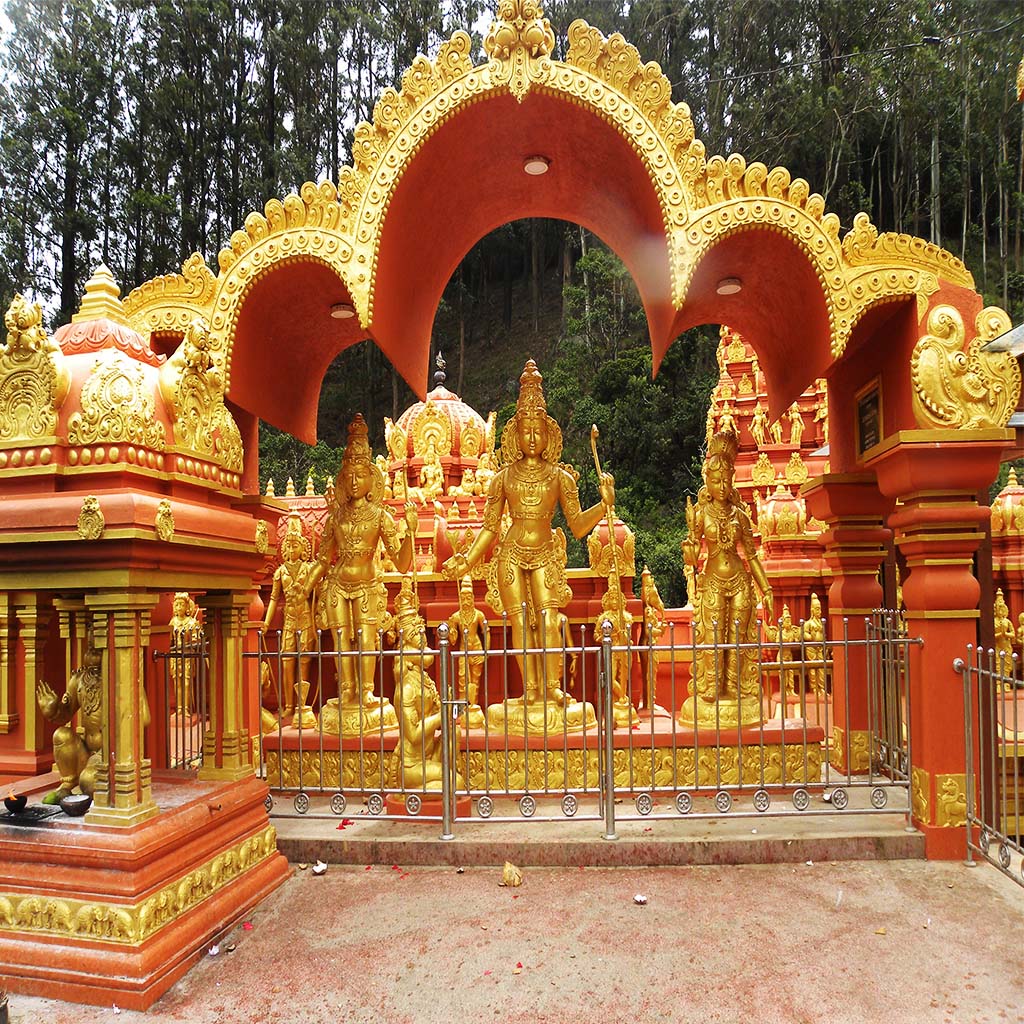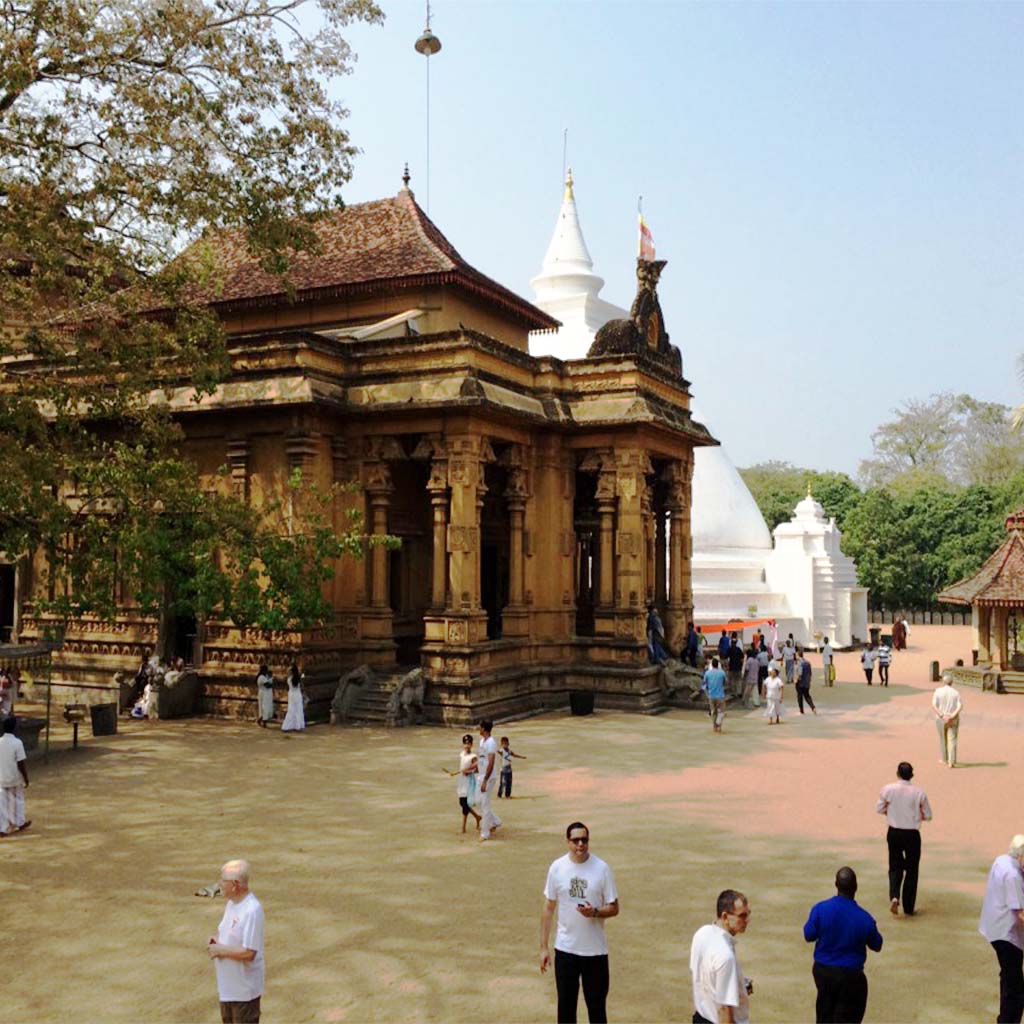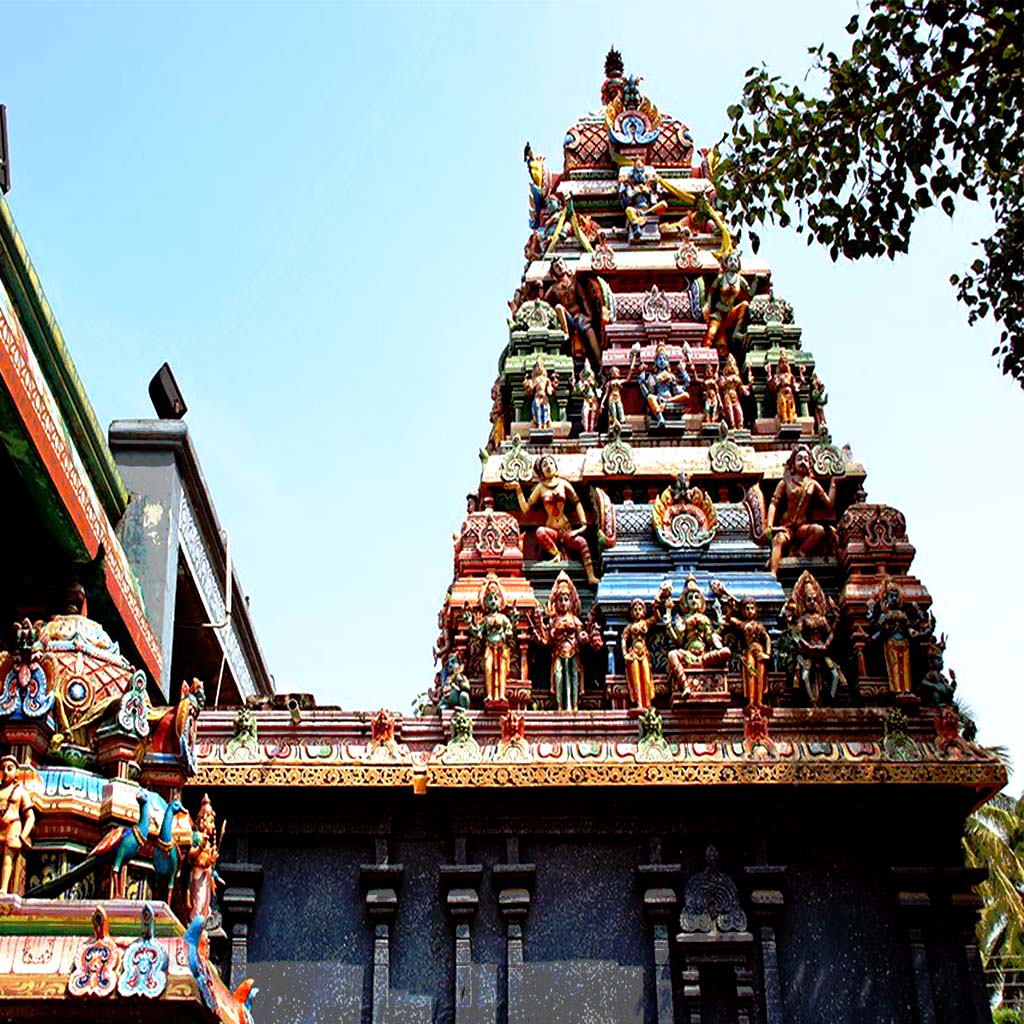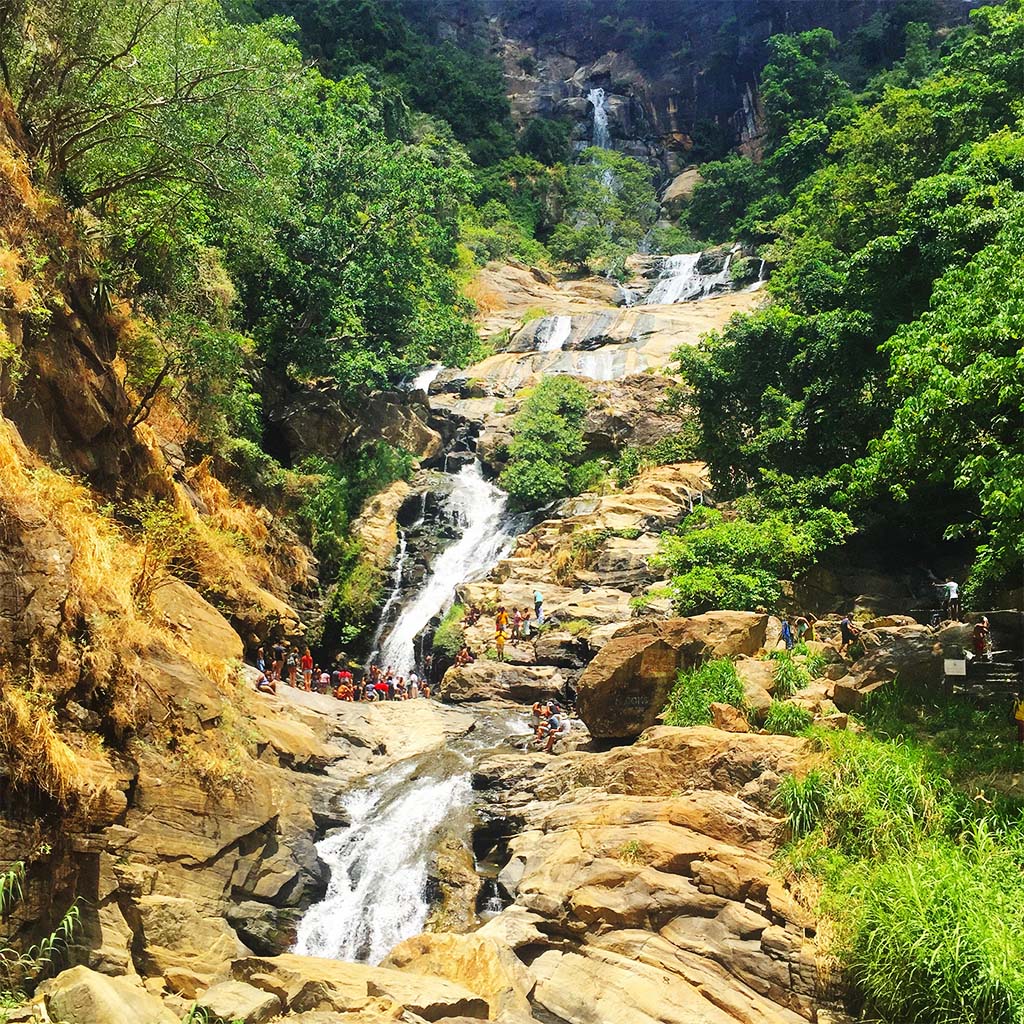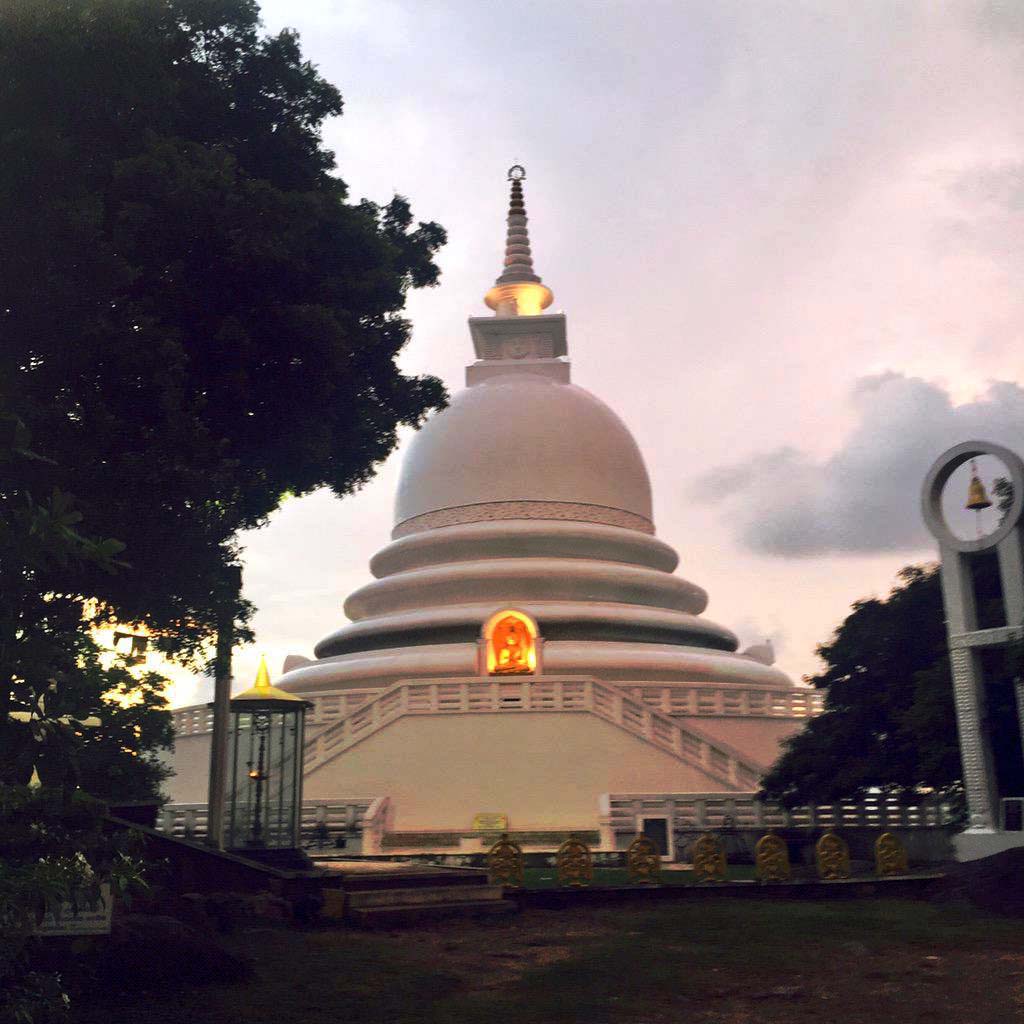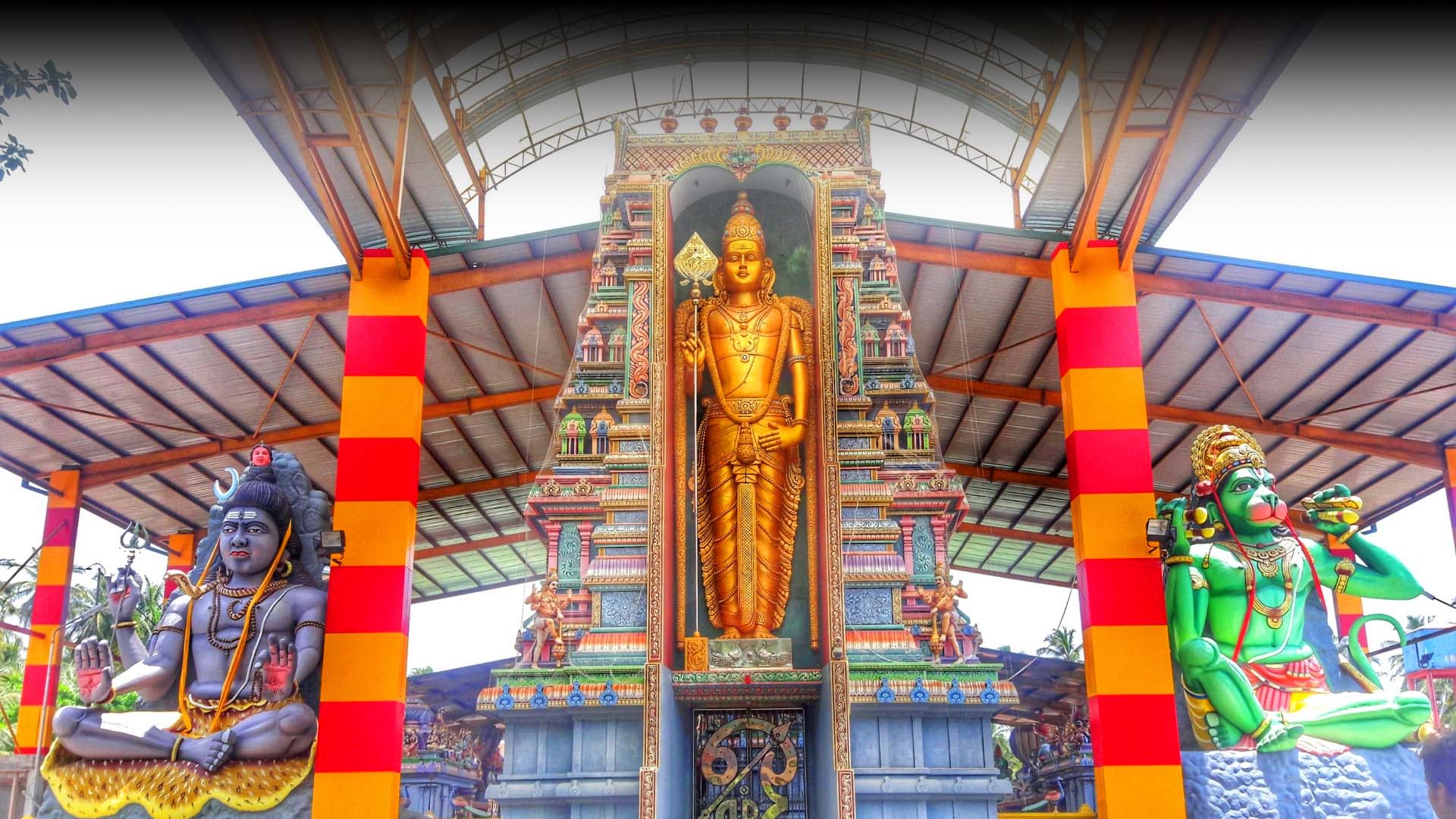Ramayana TOUR
The Ramayana is one of the two great Indian epics, the other being the Mahabharata. The Ramayana tells about life in India around 1000 BCE and offers models in dharma. When Rama was a young boy, he was the perfect son. Later he was an ideal husband to his faithful wife, Sita, and a responsible ruler of Aydohya. “Be as Rama,” young Indians have been taught for 2,000 years; “Be as Sita
The story of Hindu God Rama life who rescues his wife Sita from the demon King Ravana who used to live in Sri Lanka. Rama is among the most worshiped gods in India. There are several temples of Lord Rama in India. By identifying around 50 sites related to Ramayana, Sri Lanka has managed emerged as a Pilgrimage destination for Indian tourists.
It’s belive King vibeeshana help to Rama to defeat Ravana. After ravan’s dead Vibeeshana became ruler and lakshaman ruled in Kelaniya. Vibeeshana supported Rama against his own brother’s injustice. There exists as Buddhist temple and shrine for King Vibeeshana.
The Ashok Vatika is the place where Ravana kept the Sita captive She refused to stay in Ravana’s palace, and preferred to stay under the Ashoka tree, hence the name. Ashok Vatika is a garden that is present in the Sita Eliya in Sri Lanka. Some of the interesting findings here include the rock on which Sita used to sat and meditate. Sita Eliya also have the only Site Temple in the world. The idols of Sita was excavated from here 100 years ago. It was here that Ravana’s wife Mandodari came to meet her and also where Hanuman met her for the first time, and identified himself with the finger ring of Rama
The temple is one of five ancient temples (Ishwarams) dedicated to Shiva in the region. The temple is situated at a place where king Rama of Ayodhya (in India), the hero of the epic Ramayana, prayed to Siva after his war with the demon-king Ravana of Lanka. Due to some technical problem to Rama’s Vimana which was taken by Ravan’s dead, he stopped here to get blessing from Vishnu.
Located 240 km from the Colombo in the Wasgamuwa Forest is the Yudhaganawa. This place is believed to served as the battlefield in the war between armies of Lord Rama and Ravana. It is believed that this land can never bear any vegetation due to the blood shed at this place.
Location: Ella- Wallawaya Road
These tunnels prove beyond doubt the architectural brilliance of King Ravana. These tunnels served as a quick means of transport through the hills and also as a secret passage. These tunnels networked all the important cities, airport and dairy farms. A close look at these tunnels indicates that they are palace and a tunnel existed. Existing tunnels mouths are situated – Ishtripura at Welimada, Ravana cave at Bandarawela, Senapitiya at Halagala, Ramboda, Labokelle, Wariyapola,
When the war was over and Ravana was killed, Lord Rama asked Sita to undergo through Agni Pariksha, test of fire to prove her innocence and purity. Divurumpola is the place where Sita successfully passed the Agni pariskha of Lord Rama.
During the war Laxman was injured and required a specific herb from the Dronagiri Mountain to heal the wounds. Lord Hanuman unable to recognize the herb decided to carry the part of Dronagiri mountain to Sri Lanka. It is believed that Lord Hanuman brought the Dronagiri Mountain to the Rumassala in Sri Lanka. The place near the Galle Harbor in southern coast of Sri Lanka is famous for numerous herbs and the soil of the place is different from the surrounding area.
The Ramboda area is believed to be an area where Rama’s forces were gathered against Ravana. RamPadai means Rama’s Force. The hills of Ramboda is also believed where Hanuman was searching for Sitadevi. The Chinmaya mission of Sri Lanka has built an Anjaneyar temple with Hanuman as the presiding deity. This temple is called Sri Baktha Hanuman temple and the image of lord Hanuman here is 16 Feet tall.
The forest on the top of Ramboda Hills has a barren land which is believed to be the route through which Ravana took Sita devi in a Chariot to Ashok Vatika. On route is a pond called Sita Tear pond filled from the tears of Sita Devi. This pond never dries up even in the extreme hot weather. On several occasion nearby rivers have dried up but the pond hasn’t
Located 240 km from the Colombo in the Wasgamuwa Forest is the Yudhaganawa. This place is believed to served as the battlefield in the war between armies of Lord Rama and Ravana. It is believed that this land can never bear any vegetation due to the blood shed at this place.
is a popular sightseeing attraction in Sri Lanka. It currently ranks as one of the widest falls in the country. This waterfall measures approximately 25 m (82 ft) in high and cascade from an oval-shaped concave rock outcrop. During the local wet season, the waterfall turns into what is said to resemble an areca flower with withering petals. But this is not the case in the dry season, where the flow of water reduces dramatically. The falls form part of the Ravana Ella Wildlife Sanctuary, and is located 2 km (1 mi) away from the local railway station.
The falls have been named after the legendary hindu character Ravana, which is connected to the famous Indian epic, the Ramayana. According to legend, it is said that Ravana (who was the king of Sri Lanka at the time) had kidnapped princess Sita, and had hidden her in the caves behind this waterfall, now simply known as the Ravana Ella Cave. At the time, the cave was surrounded with thick forests in the midst of wilderness. It is also believed that Rama’s queen bathed in a pool that accumulated the water falling from this waterfall.
